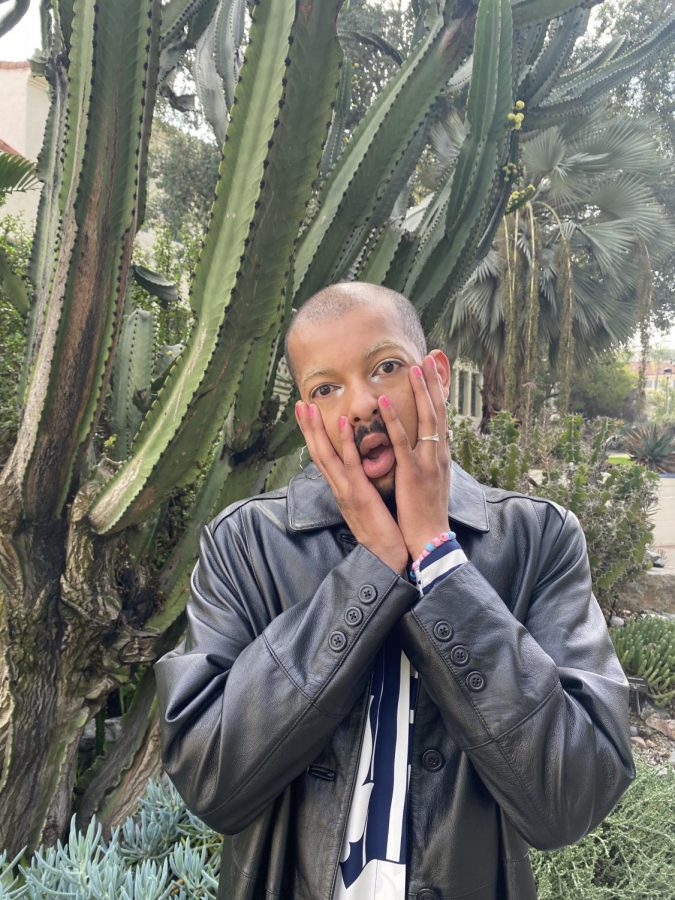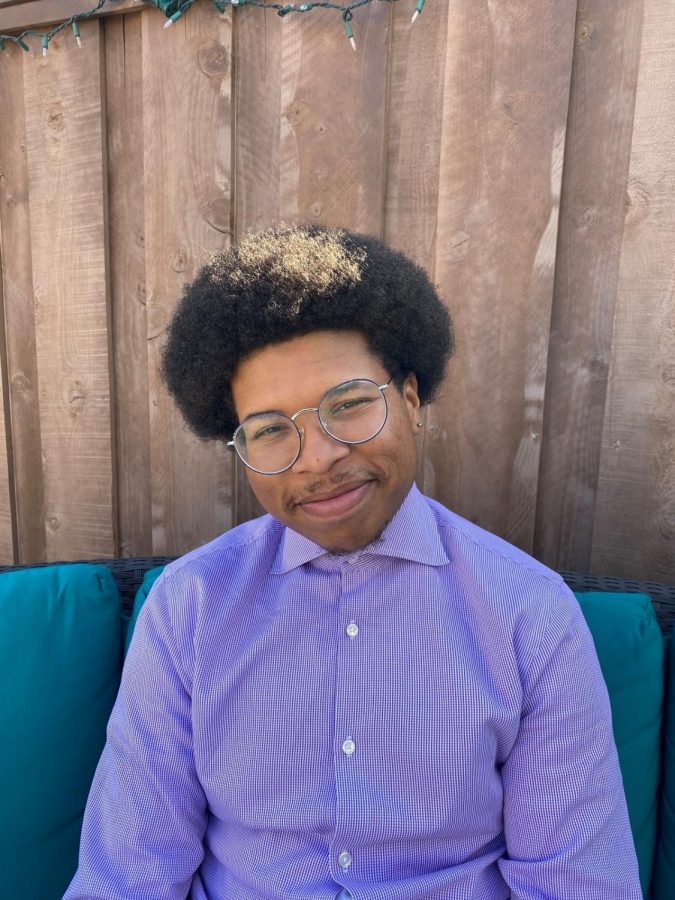“This world is but a canvas to our imagination.” – Henry David Thoreau
The Oxford University Press online dictionary defines art as “the expression or application of human creative skill and imagination.” It can be found, in a variety of forms ranging from Leonardo Da Vinci’s famous “Mona Lisa” to Salvador Dali’s “Lobster-Telephone.” There are some who even say art exists in a can of tomato soup. Art is often created to cause self-reflection in its viewers, to spread a radical political idea or even just to provide aesthetic pleasure. Whether it’s good or bad, agreeable or appalling, art is a fundamental medium for cultural enlightenment.
With that said, I’d like to take you through a little mental simulation. However, you must first clear your mind of other thoughts, all memories of the past, worries about the future and anything else unrelated to these words in front of you. If this is difficult, try diverting your attention to just the flow of your breath for a little while until it’s the only thing on your mind. Carry on to the next paragraph only once you’ve set your mind at ease.
Now envision the place that brings to you the greatest artistic inspiration, your own personal utopia of creativity. What is this scene coming to life within your mind? Think deeply about this place and each of its vivid characteristics surrounding you. Get lost in its placid solitude, free from disturbances, free from distractions. Visualize its glimmering water as ripples gently glide across, until eventually returning to a peaceful state of rest. Feel the cold, white porcelain as it gently caresses the underside of your thighs. Picture a roll of toilet paper as it spirals to its center, like the sacred geometry of a nautilus shell. Take a deep breath, feeling it swell up inside of you. Your place of artistic inspiration is a public bathroom stall. Now release.
While it may not be popular belief, bathroom stalls can be highly effective sources of creative inspiration. Sure they’re sometimes covered with an overwhelming plethora of penis drawings and poop tallies, but it doesn’t have to be that way. Who’s to say we can’t fill them with work that’s both artistically and intellectually stimulating? Using the bathroom stall as a canvas for self-expression has potential to turn a novice into an artistic virtuoso.
One of the advantages of using the bathroom stall is the level of isolation it provides the artist; it’s the one place where no one will ever disturb you. The tranquility of seclusion is a vital part of generating creative ideas; American painter Henry Miller once said, “An artist is always alone – if he is an artist.” To avoid legal repercussions, the street graffitist must work as swiftly as possible, often with a great deal of stress; the bathroom stall, however, allows one to work at ease for as much time as the average bowel movement provides.
Bathroom stall art is not only unperturbed, but also anonymous. The artist can dissociate work from worries of criticism, fears of breaking social taboos or desire of prestige—all of which prevent art from reaching its true potential. The lack of these restrictive influences is what makes art that isn’t tied to its creator truly the most powerful form you can find.
Much to my dismay, I often find businesses and schools painting over this abundance of creativity, wiping it from existence. The public restroom can be a rather unpleasant experience, so why erase the one part of it which actually brings people joy? Personally, I’d much rather pull my toilet seat covers out of a dispenser transformed to look like Steve Buscemi’s mouth. It’s a shame to see these hidden artistic wonderlands reverted back to a plastic chamber of grey sterility. I want each of my digestive conclusions to be a fantastic adventure of epic proportions. At the very least, art school graduates could be hired to personally select what on the walls is worth keeping, writing constructive criticisms for what’s not. Why cover up a profound quote that could positively change someone’s life one day? It should be up to the people who sit in these stalls what kind of environment they want to produce their fertilizer in.
But if all bathroom stall art is to doomed inevitably be wiped out one day, it only means that artists from all walks of life must join together to turn our excretory chambers into a Dr. Seussian-dream world. To win the war against artistic censorship, an army of Sharpie-wielding graffitists must rise up to march in unison for the bathroom stall art revolution. Duty calls, so find yourself an empty bathroom stall and get those creative juices flowing.






